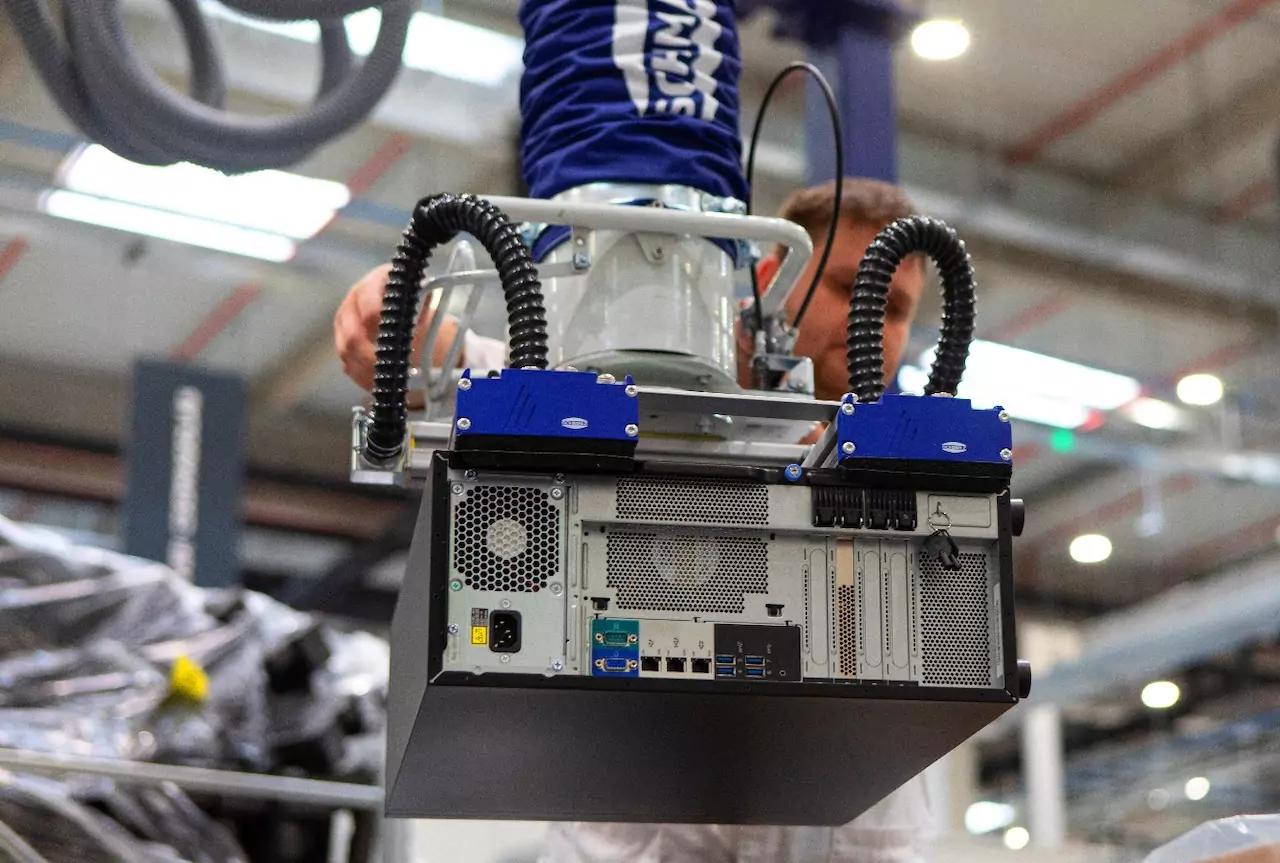Translated, an Italian scaleup operating in the field of artificial intelligence-based language solutions, strengthens the positioning of Lara, its AI model for translation through a synergetic collaboration with Lenovo and its high-performance computing technologies. Designed for high-volume production environments, Lara now offers what used to be a compromise: combining the fluency and reasoning capabilities of a large language model with the accuracy and reliability of machine translation, guaranteeing near-instantaneous performance.
To achieve this, Translated co-designed a dedicated translation hardware solution with Lenovo and developed an innovative decoding system to take full advantage of the performance of the latest generation processors. Optimised for latency-critical contexts such as real-time chat, trading and news, Lara now achieves sub-second latency in the world’s 50 most spoken languages. It is an innovation that sets a new standard for high quality, low latency translation, paving the way for more cost-efficient solutions, such as translating only the necessary part of content immediately, processing the rest only on demand. In translation, Lara is now 10 to 40 times faster than leading language models (LLM), while offering superior quality that makes it perfect for modern business workflows.
To achieve this performance, Lenovo provided the ThinkSystem servers powered by NVIDIA GPUs, the world’s most advanced processors for AI workloads. Each server supports eight of the latest interconnected, high-speed GPUs, powering advances in AI, including large language models, machine learning, model training and high performance computing . Through intensive joint design work, Translated and Lenovo were able to optimise the architecture for translation. The ThinkSystem servers were installed in two data centres in Washington and California, strategically placed near major Internet hubs to keep network latency between Lara and the main network backbones under a millisecond.
To further improve the responsiveness of the system, Translated’s engineering team designed a new architecture, unprecedented in the translation industry. This system combines the strengths of traditional machine translation with those of generative AI. This unique approach allows parallel and contextualised translations to be generated, significantly speeding up response times without compromising quality.
“AI only works when it solves problems in real contexts, with the speed needed to support business at scale. We have achieved this thanks to a partner who has worked with us in the same way we work with our customers: sharing goals, being fully involved and aiming to generate long-term impact. This is the kind of collaboration that makes innovation possible,’ says Marco Trombetti, CEO of Translated, in a note.
“Our advanced technology, combined with Translated’s vision, has enabled us to achieve unprecedented speed and quality in the language industry,” said Alessandro de Bartolo, general manager, Italy, Infrastructure solution group at Lenovo. “Lenovo’s ThinkSystem solutions represent the ultimate frontier in AI performance, offering a powerful and reliable infrastructure for mission-critical applications. This partnership is an example of how AI can transform the way people communicate globally, offering faster and more accurate translations for an increasingly connected world.”
As part of their long-term collaboration, the two companies also signed an agreement to implement liquid cooling systems throughout Translated’s infrastructure. This will reduce energy consumption and increase machine density, supporting more sustainable and easily scalable AI operations.
ALL RIGHTS RESERVED ©
